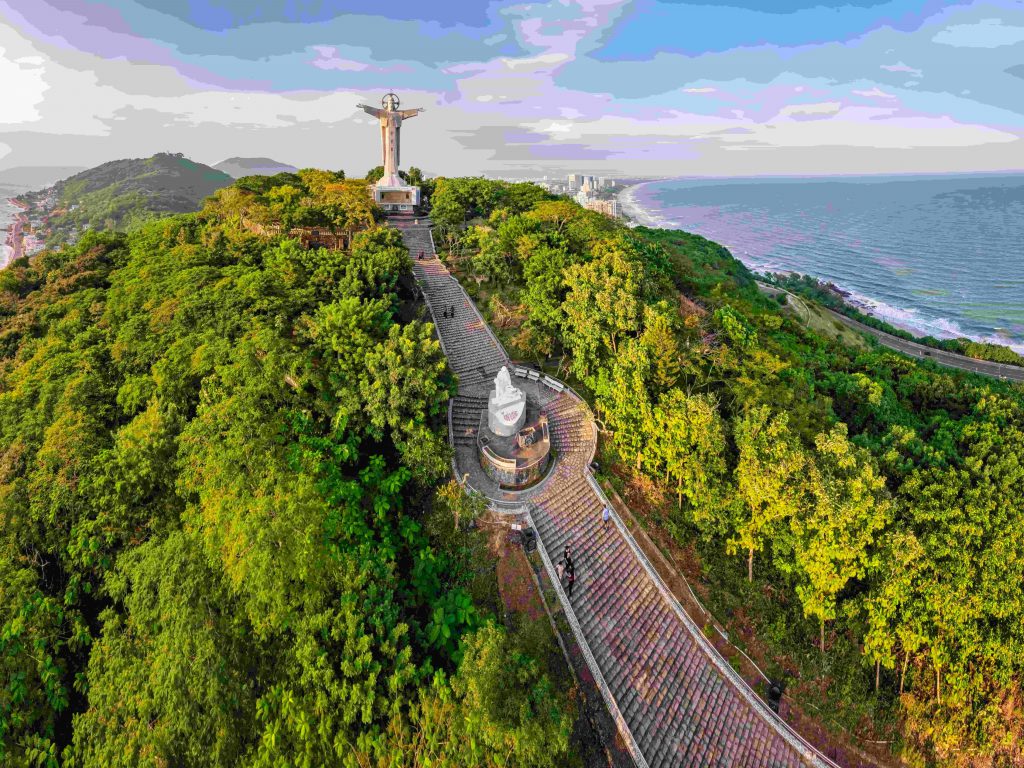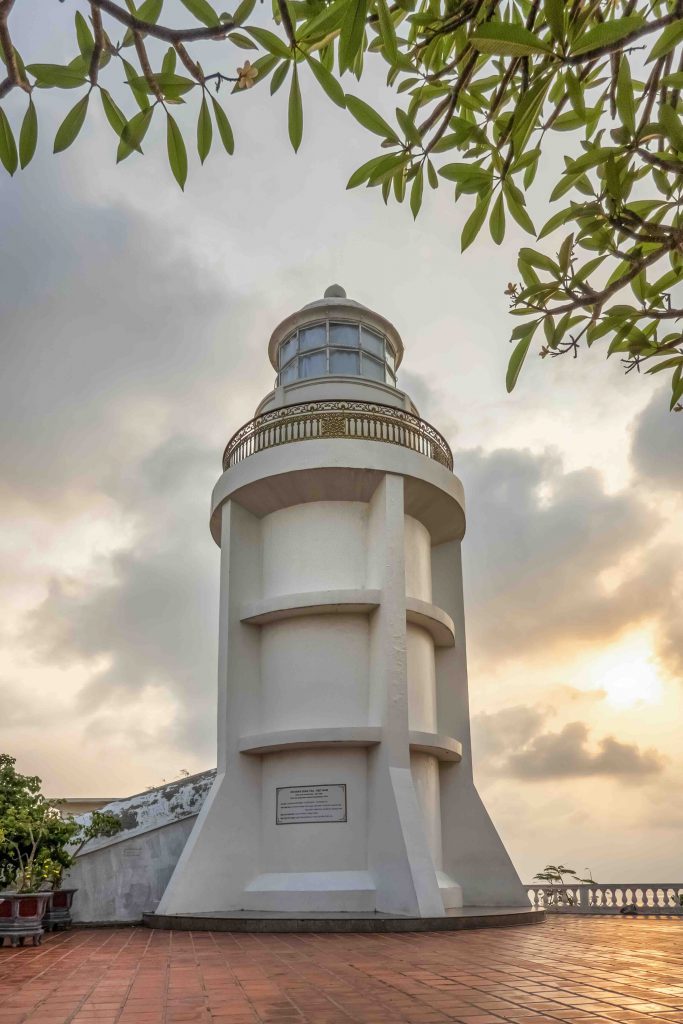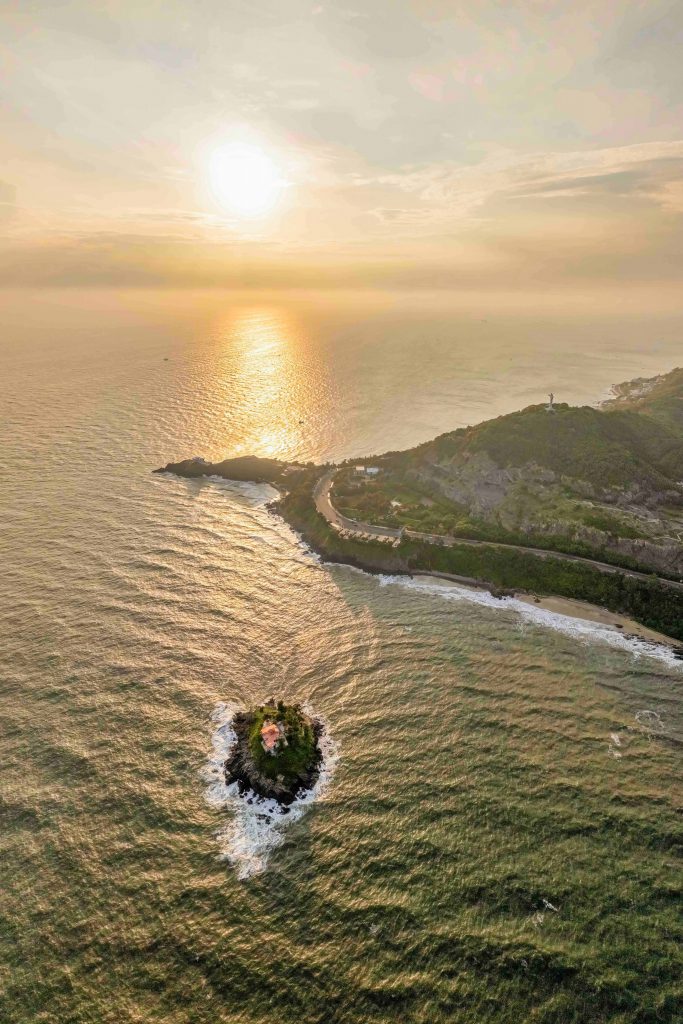Story: Huong Quynh
Photos: Quang Ngoc, Nguyen Hai
For great views and memories, discover some “high points” in Vung Tau.
Blessed with a harmonious blend of nature and urban charm, Vung Tau – now a ward of Ho Chi Minh City – remains one of the top tourist destinations in this city. Renowned for its blue seas, hilly coastline, and refreshing atmosphere, this seaside city offers the perfect balance of relaxation and adventure. Join Heritage as we explore some of Vung Tau’s literal “high points”.

Nghinh Phong Cape
Boasting a “prime location with the sea in front and mountains behind,” Nghinh Phong Cape is both poetic and majestic. Its name, meaning “welcoming the wind,” perfectly captures its essence – a headland reaching into the East Sea like a ship embracing the ocean breeze. Visitors can enjoy sweeping views and serenity. The best time to visit is from November to April, when the weather is relatively cool, the sea breeze gentle, and the horizon calm and blue.
Vung Tau Lighthouse
Standing proudly atop Nho Mountain, the Vung Tau Lighthouse is considered the “guiding light” of this coastal city, having directed ships for well over a century. Recognized as one of the oldest lighthouses in Vietnam and one of the oldest in Southeast Asia, the original was built by the French in 1862 at an elevation of 149 meters above sea level. In the early 20th century, it was rebuilt at 170 meters above sea level, gaining its signature white hue.
From the lighthouse’s balcony, visitors can breathe in the salty ocean air while enjoying a sweeping view of the city and sea. The prettiest time to visit is from May to July, when frangipani and flamboyant trees bloom in radiant clusters, lining the path to the lighthouse with bursts of color.

Ho May
Perched on Nui Lon (Big Mountain), Ho May is a natural retreat where sea, mountains, and winding paths meet in harmony. A 500-meter-long cable car rising 250 meters above sea level offers sweeping views of the coastline below. Ho May is also a cultural and spiritual site, home to landmarks such as the giant Maitreya Buddha statue, the Hall of 18 Arhats, and the Ho May Main Temple dedicated to the Three Worlds Buddhas. For those seeking excitement, the park offers a range of outdoor activities such as ziplining, kayaking, and grass skiing, making it a great destination for visitors of all ages.
The Christ of Vung Tau
You don’t need to travel to Brazil to see the Cristo Redentor when Vung Tau has its own remarkable counterpart: the Christ of Vung Tau, also known as the Statue of Christ the King. Construction began in 1974 and finished in 1994, resulting in a 32-meter-tall monument with outstretched arms spanning 18.5 meters. Beyond its religious significance, the statue’s position atop Nho Mountain draws runners and hikers who relish the challenge of climbing nearly 800 stone steps to the base, then another 133 interior steps to reach its arms. From the top, visitors are rewarded with sweeping views of mountains, harbors, and the tranquil rhythm of daily life below. In 2012, it was recognized as the largest statue of Kito in Asia.

Be sure to explore Vung Tau’s hilltop highlights for fresh perspectives and lasting memories of this charming coastal city.










